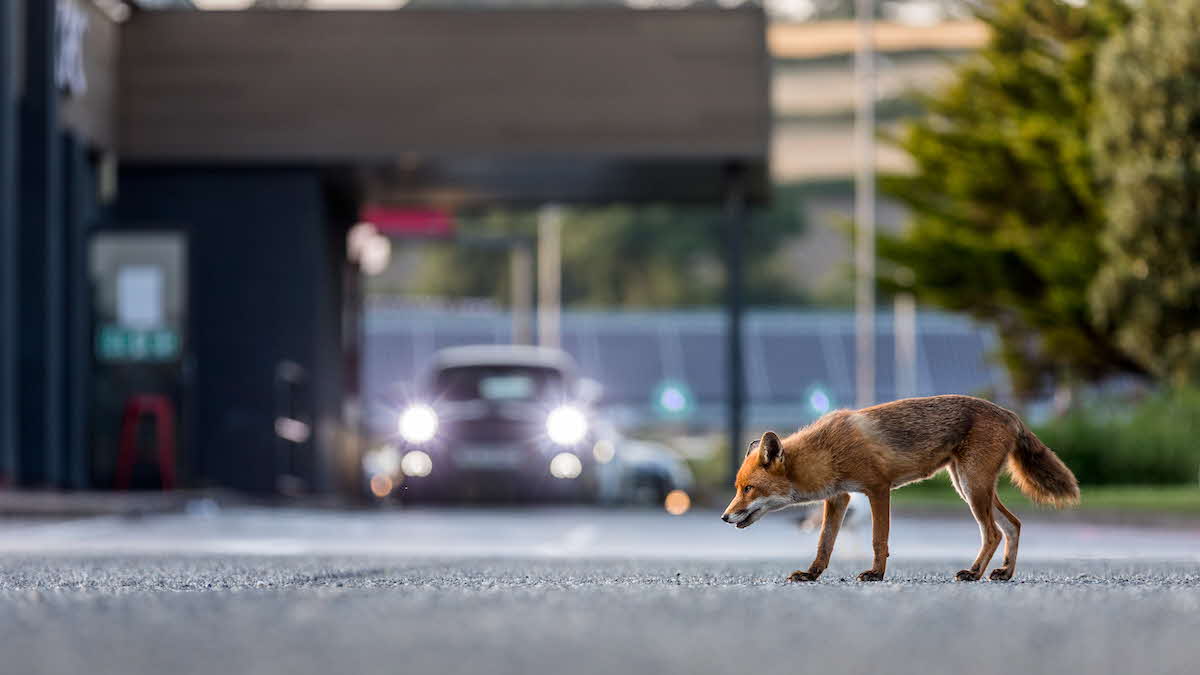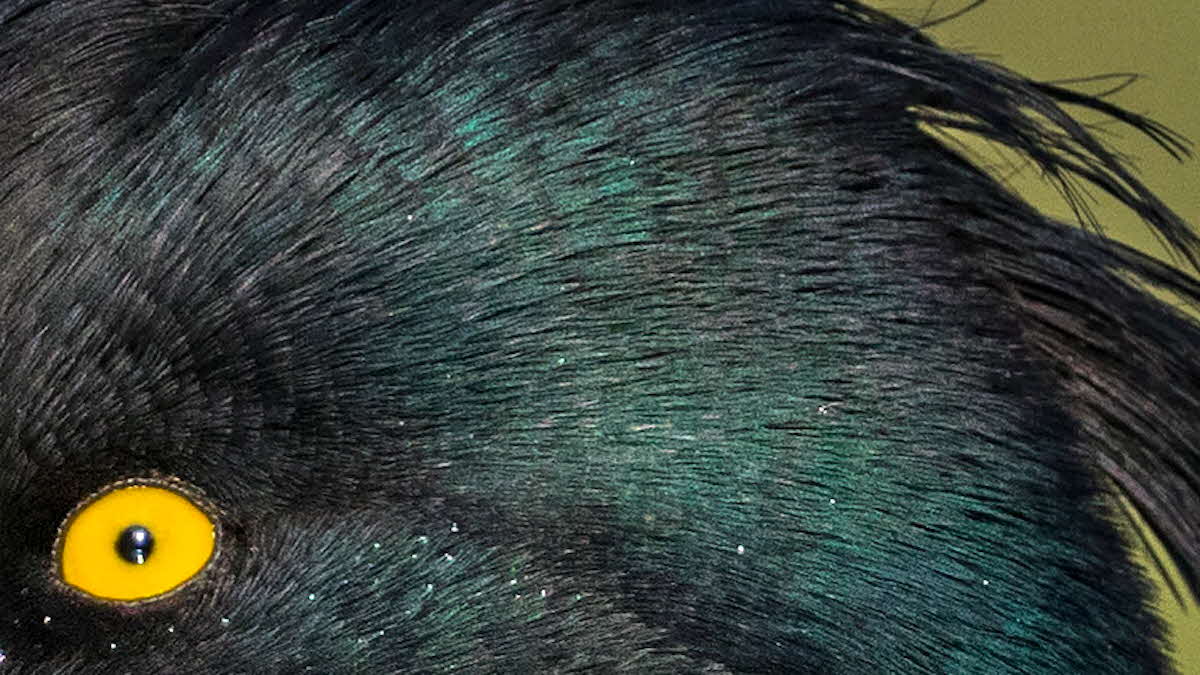Top nature campsites
You’ll be amazed at the variety of animals to spot on some of our Club campsites
View our top nature campsitesDavid Chapman puts the focus on wildlife that has made its home in our cities and towns
 A fox scours a car park in search of its next meal
A fox scours a car park in search of its next meal
When you think of wildlife, weekends away in the countryside are bound to spring to mind, but some animals have become adept at living alongside us in our towns and cities. Indeed, many of my most fascinating, intimate and surprising wildlife experiences have been in urban areas.
Last year, for example, I received a tip-off that a female fox (a vixen) was spending time in the car park of a fast-food outlet near me. Evidently she would wait for customers to return to their cars with buckets full of chicken, at which point they would become the target of her attention and devotion.
Whether she was play-acting with her doleful eyes and slightly cocked head or whether she was genuinely hungry or had many mouths to feed, I will never know, but her tactic was successful. I visited her on several evenings and not a single customer denied her a fried snack.
Where I live, in Cornwall, urban foxes are something of a novelty, but in many of our towns and cities they are commonplace, and they aren’t the only wild mammals to take advantage of the opportunities offered by our parks and gardens. Although numbers of rural hedgehogs have declined by about 8% per year over the past two decades, a recent survey suggests that the urban population is beginning to steady. It’s a little sad to think that our built-up areas provide a less hostile environment than the countryside – but it is heartening to think that we gardeners can make a difference to the survival of one of our most iconic mammal species.
Talking of iconic mammals, while staying at Salisbury Hillside Club Campsite a couple of years ago, we took a walk through the city, mainly in order to visit the cathedral. But while visiting a supermarket to stock up the fridge we happened upon a family of water voles in the River Avon. It was incredible to be able to watch these wonderful creatures in the crystal-clear water of this chalk stream while, just a few feet away, people on foot and in cars continued their everyday lives oblivious.
Salisbury Cathedral is one of many around the country that hosts a pair of nesting peregrine falcons. Peregrines have recovered well since use of the insecticide DDT caused their decline in the 1950s and ’60s. They usually nest on sheer rock faces but have taken well to tall cathedral spires which act like artificial cliffs, complete with ledges.
Many other birds nest on tall buildings, including swifts, which love old churches, and the famous kittiwakes on the Baltic Centre for Contemporary Art building in Gateshead.
But the peregrines aren’t just attracted by the nest site, they have also found a good supply of plump-breasted feral pigeons which populate the streets beneath. Feral pigeons are descendants of rock doves. Once a distinct species, they are now a mishmash of crossbreeding with domesticated pigeons – their diversity of plumage patterns is testament to this.
Similar levels of plumage variation are seen in other urban birds including mallards, which often hybridise with domesticated wildfowl.
Other waterbirds such as coots, moorhens, mute swans and even great crested grebes breed on park lakes and there are plenty of other streetwise birds.
One of my most exciting and incongruous finds was my first ever singing male black redstart. This gorgeous and delicate bird poured out its heart from the top of Sizewell nuclear power station. It might seem odd but, in the UK, black redstarts have a penchant for nesting in industrial locations.
Arguably the most spectacular urban birds appear in the winter when our towns are usually a few degrees warmer than the surrounding countryside. Another favourite urban wildlife sight was that of a roost of pied wagtails on a bare tree in the quadrangle of our local city hospital. They adorned the tree like Christmas baubles, lit by the lights from the surrounding buildings.
Even more spectacular are the ‘murmurations’ (huge flocks) of starlings – though many take place in the countryside, there are also plenty of roosts in towns and cities, on bridges and buildings, in trees and even on piers along the coast. They famously occur along Brighton’s seafront (within walking distance of the Club campsite), but there are others at Aberystwyth and Blackpool North piers.
Since I find myself at the seaside, allow me to finish where I started, in Cornwall. While London might play host to an ever-increasing population of ring-necked parakeets, winter visitors to our seaside towns such as St Ives, Newlyn and Padstow include turnstones. These delightful little waders shun the beaches in favour of the streets where they find food dropped by tourists. Like the urban fox, they have an unusual diet including bits of pasty and deep-fried cod – but it seems to be working for them and each year more of them arrive.
There can, of course, be issues when wildlife becomes over-familiar with humans, and I fear what will become of a wild animal that becomes dependent on fish and chips or fried chicken – but, for now, let’s just enjoy our chance meetings.

Every month I will show you a photo of something from the natural world. It might be a close-up, or a subject that is difficult to identify. All you have to do is figure out what it is! Here is this month’s photo; no clues or prizes – it’s just for fun. I will give you the answer next month, but if you can’t wait, see the Digital Magazine.
The subject of October’s mystery photo was: common stinkhorn fungus.